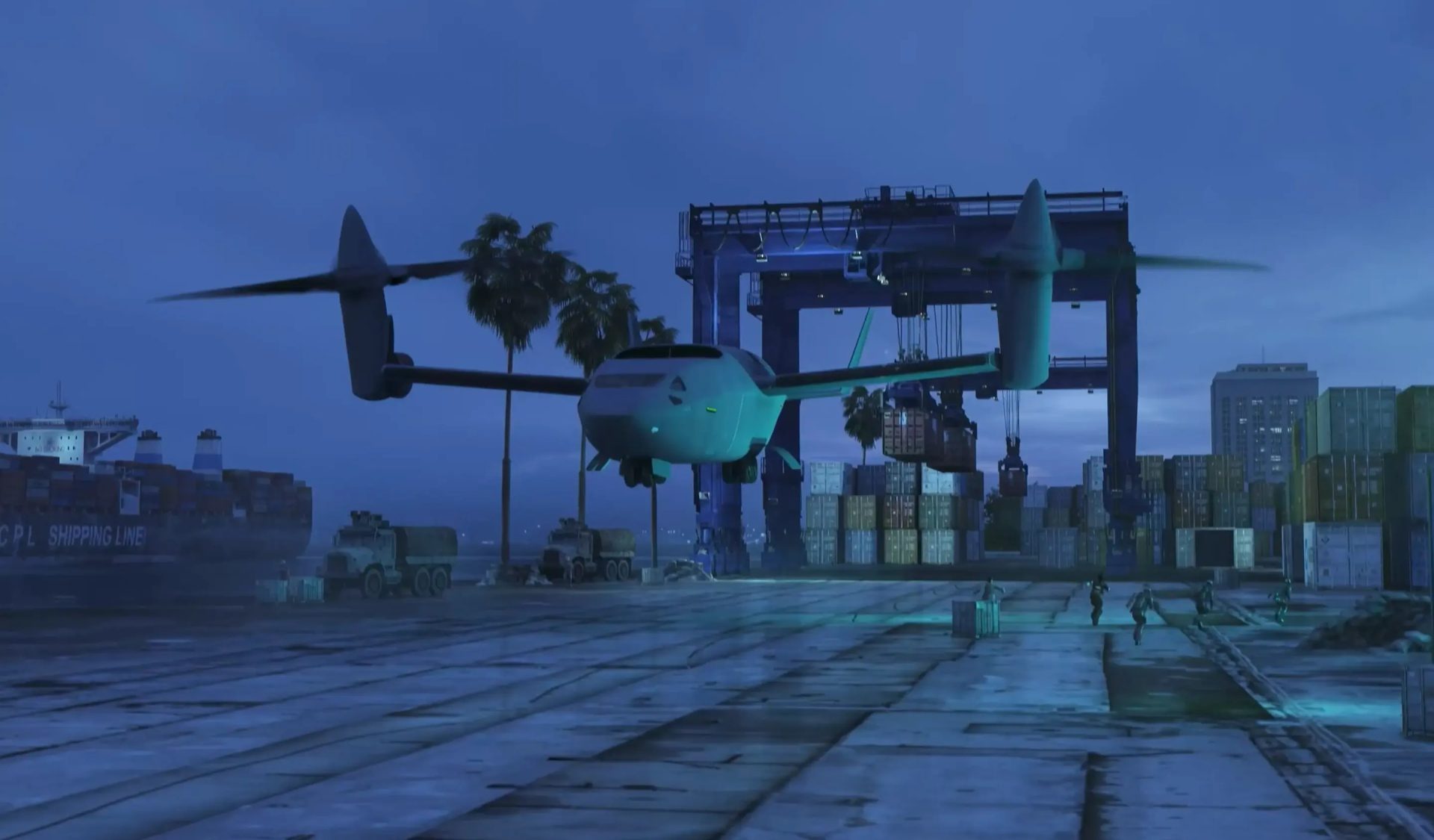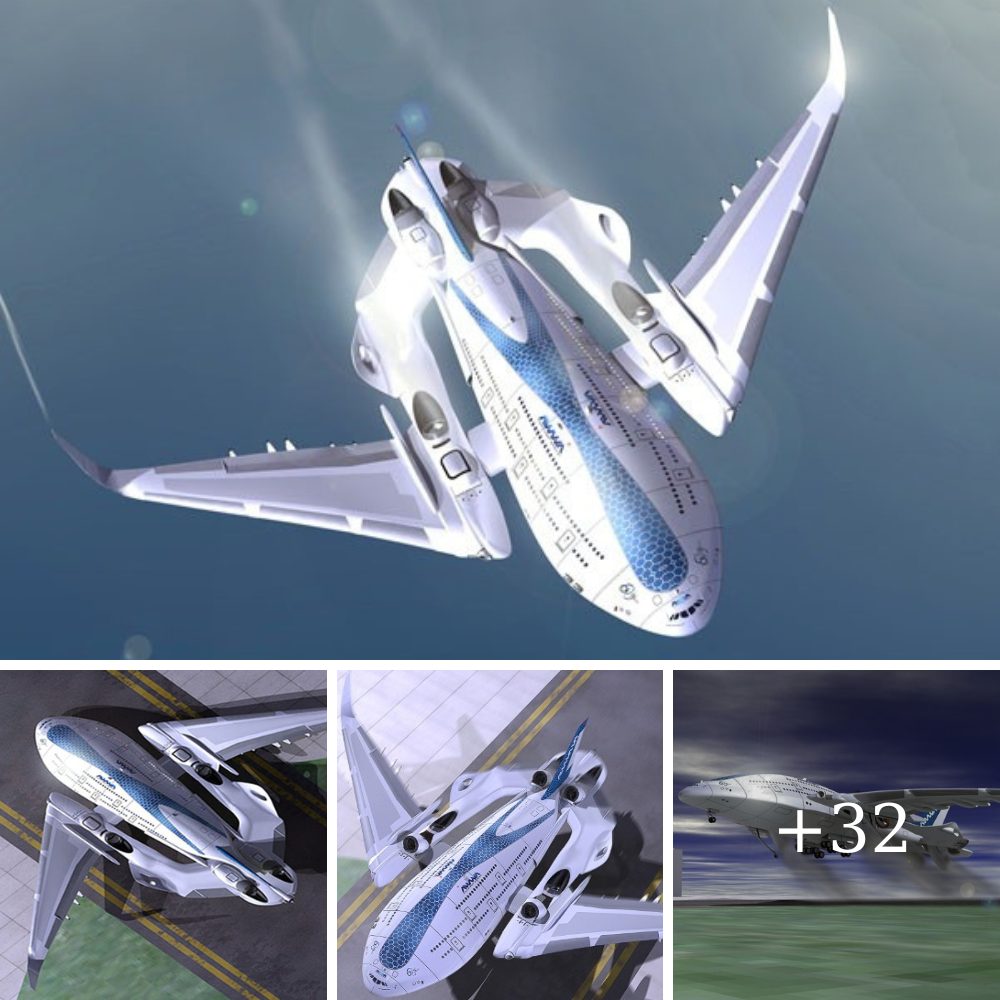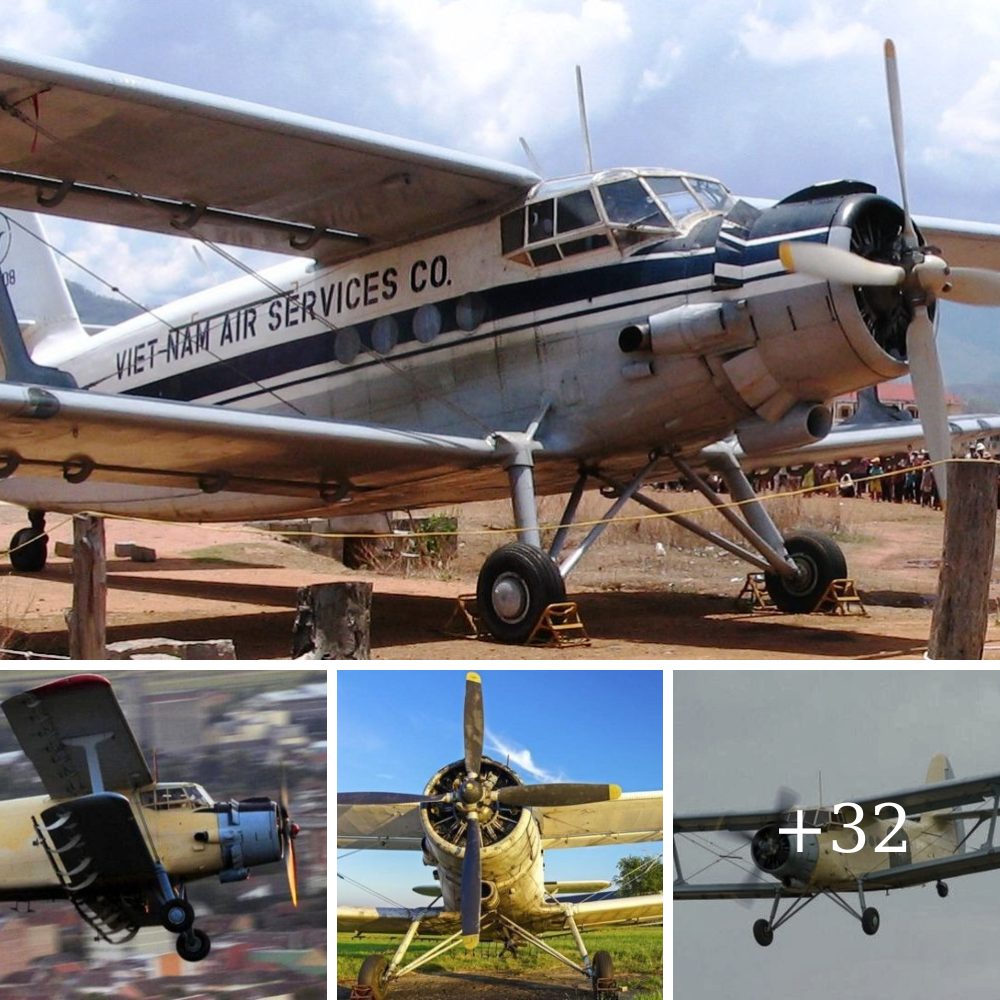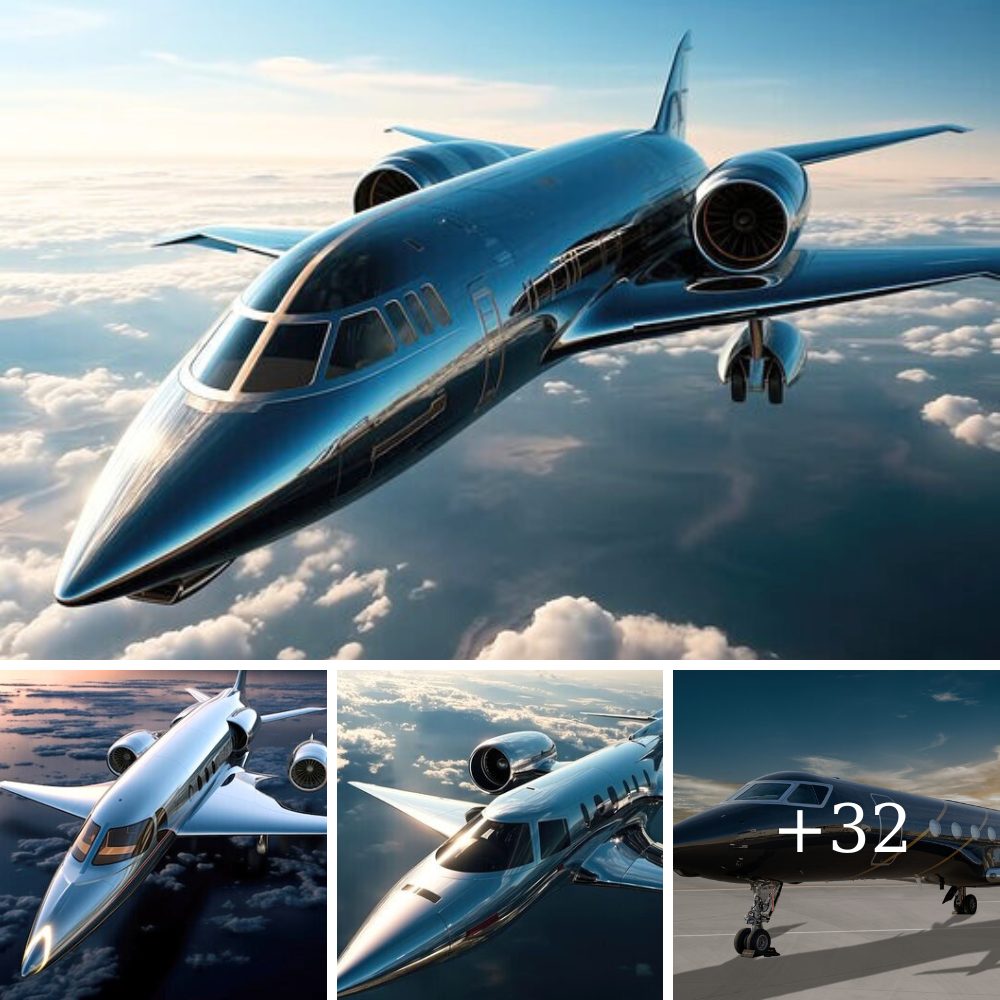DARPA has announced the four companies that will compete for the contract to design, build and test an X-Plane demonstrator capable of high-speed cruise, hover and VTOL for its Speed and Runway Independent Technologies (SPRINT) project.

The SPRINT X-Plane will be “a proof-of-concept technology demonstrator and its flight test program seeks to validate enabling technologies and integrated concepts that can be scaled to different size military aircraft.”
Specific technical requirements for the demonstrator, according to Top War, include a top speed of 400 knots (460 mph/740 km/h) at the very least, at altitudes between 15,000-30,000 ft (4,500-9,000 m), and a payload capacity of at least 1,000 lb (454 kg). It needs to be broadly scalable, across a range of different mission types, and it needs to fly for at least 90 minutes, covering at least 230 miles (370 km) of range.
Propulsion is not specified, and nor is whether the demonstrator should be piloted, remote-controlled or autonomous, but the aircraft needs to combine high-speed cruise with the ability to “hover in austere environments” and launch or land from “unprepared surfaces” like parking lots, highways or fields.

Four companies have been selected to share in US$15 million of funding to develop their concepts for Phase 1A: Aurora Flight Sciences, Bell Textron, Northrop Grumman Aeronautic Systems and Piasecki Aircraft Corporation. These teams will be downselected over the coming months, and a final winner chosen to go forth and build the thing. It’s expected to fly in 2027, with the test program to wrap up in 2028.
Aurora Flight Sciences, a Boeing subsidiary, has already put forth a sketch, shown at the top of this piece, showing the blended wing body shape it’s planning to go with. Protected by retractable covers is a fan-based VTOL system built into the wings and body.

Bell Textron, meanwhile, is working on an HSVTOL project that seems like it’d fit the bill, combining the tilt rotor-enabled VTOL and hover capabilities of the V-22 Osprey with a high-speed jet propulsion system for fast cruise flight, and the ability to fold its rotors back and reduce drag. It put this vision forth a few years back as part of the USAF AFWERX HSVTOL program. You can see some fun render video below.
Bell's High-Speed Vertical Takeoff and Landing (HSVTOL) https://t.co/4X6kFr38Sg pic.twitter.com/AdGoUTeaup
— 笑脸男人 (@lfx160219) March 6, 2023
We have no idea what what Piasecki and Northrop Grumman are planning to bring to the table, although it might be worth noting that Northrop is working with JetZero and Scaled Composites on another, super-efficient blended wing aircraft project with plenty of room for some holes and fans in the airframe should they choose to plonk some in there.
Source: DARPA via FlightGlobal





